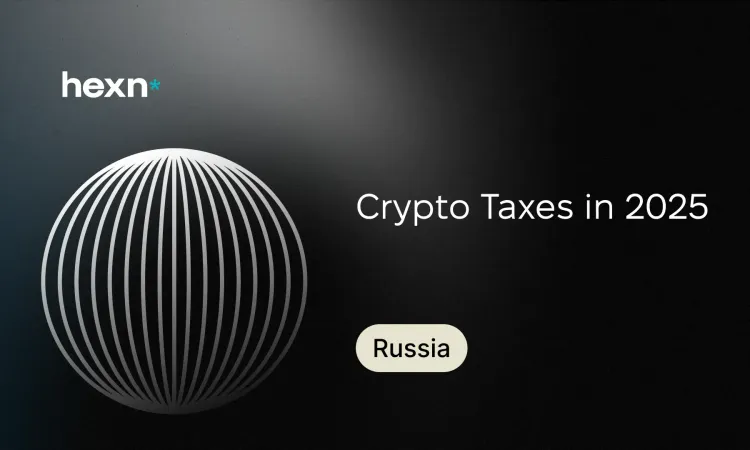Crypto Taxes in 2025: 13/15% PIT, Filing, and New Rules
Legislation on digital assets is evolving, but the core logic remains the same: record your transactions, calculate results using a clear method, and file on time. Here’s what counts as income, how the 13/15% rates apply, what data to collect, and how to avoid common mistakes.
What Counts as Income and When to Declare
Start by determining whether a taxable event has occurred. Income arises upon disposal: selling for fiat, exchanging for another cryptocurrency, paying for goods/services with crypto, as well as gratuitous transfers.
Important: a mere revaluation without a sale does not create income.
Treat mining and staking rewards separately — they are income on the date received. The Form 3-NDFL personal income tax return is filed for the prior year, typically by April 30, and the tax is paid by July 15. Any calculations must be verifiable: keep statements, CSV files, screenshots, and links to blockchain transactions.
13/15% PIT Rates: How the Progression Works
Russia uses a progressive scale: the higher rate applies only to the portion of income above the threshold. For most individual investors, the key brackets are 13% and 15% on the aggregate annual base. First calculate your annual financial result from crypto transactions, then apply the relevant rate (or combination of rates) to the final base.
What Data Should You Collect?
To make the calculation take hours, not weeks, prepare a complete audit trail in advance.
Transactions
- Buys/sells/exchanges: date & time, trading pair, quantity, price, fees, order ID, platform.
- Inflows: staking, mining, airdrops, referral rewards — date, amount, source.
- Transfers between your own wallets should be marked non-taxable to avoid double-counting income.
Rates and quotes
- Record the exchange rate on the transaction date (source, screenshot/link), especially for crypto-to-crypto swaps.
Documents
- CSV exports from exchanges and wallets, deposit/withdrawal reports, order-history screenshots, and tx links from block explorers.
Calculation in Practice
Define your method in your accounting policy and apply it consistently: FIFO (“first in, first out”), or Specific identification (disposing of a particular lot/coin).
Fees reduce proceeds or increase cost basis — include them in the calculation. Losses on crypto transactions are accounted for under the general rules of the Tax Code — keep profits/losses separately by year and instrument.
Example:
— You buy 0.50 BTC for ₽3,000,000 + 0.5% fee → cost basis ₽3,015,000.
— You sell 0.20 BTC for ₽1,400,000 − 0.2% fee → proceeds ₽1,397,200.
— FIFO: cost basis of 0.20 BTC = 3,015,000 × 0.20/0.50 = ₽1,206,000.
— Profit = 1,397,200 − 1,206,000 = ₽191,200.
— Aggregate results for the year → apply the 13/15% rate(s) to the final base.
Filing and Documents: What, Where, and When
Complete Form 3-NDFL and submit by April 30; pay the tax by July 15. Check the current form and that it includes schedules for digital-currency transactions. File via the taxpayer’s online account or in person at the inspectorate (electronic filing is faster and more transparent).
Export tips
- From CEXs, export full reports: trades, fees, deposits/withdrawals, accruals.
- For wallets, attach tx links and CSVs from trackers.
- Flag internal transfers so they aren’t mistaken for income.
- Attach a brief explanatory note to your return: which method (FIFO/specific identification) you used and how you recorded exchange rates.
Common Mistakes and How to Avoid Them
- Omitting foreign platforms and income. The Federal Tax Service cross-checks sources — disclose everything.
- Mixing up lots. Fix your method and follow it without exceptions.
- No primary records. Without receipts, CSVs, and screenshots, you can’t substantiate fees and trades.
- Duplicate transactions. Exports often include internal transfers — clean the report.
- Missing deadlines. April 30 — filing; July 15 — payment. Allow time to compile your data.
Conclusion
If you keep proper records and meet deadlines, cryptocurrency can be a clear and safe source of income. With Hexn, you can earn up to 20% per annum with weekly payouts. The main thing is don’t forget the taxes: maintain documentation, record rates and fees, and file on time.
